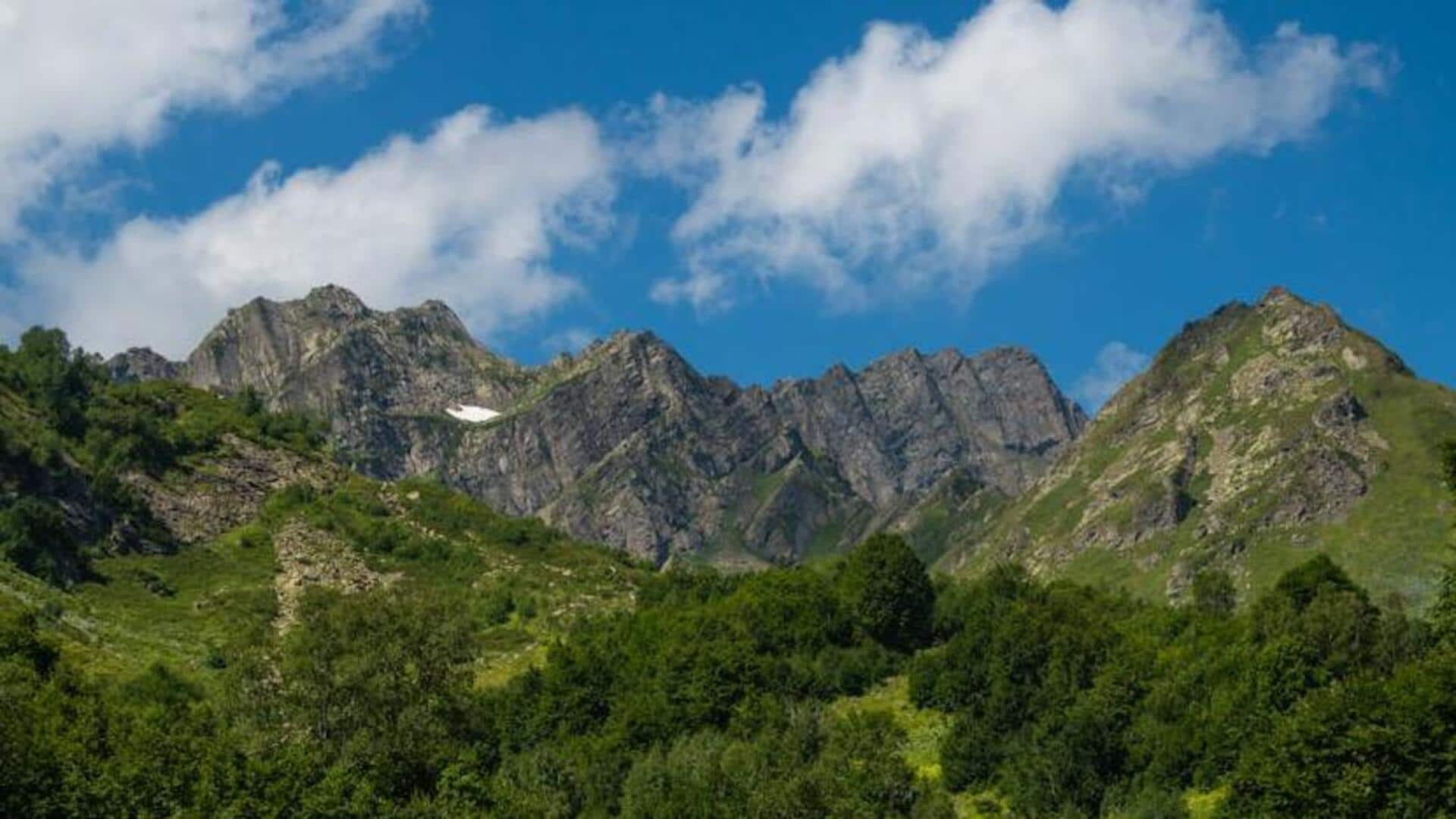
Trekking the Inca Trail: What you need to know
What's the story
The Inca Trail to Machu Picchu offers an unforgettable journey along ancient pathways, flanked by towering mountains and steeped in history. On this four-day trek in Peru, travelers navigate through historical ruins, lush jungles, and breathtaking landscapes. The trail culminates at the awe-inspiring Machu Picchu. Adequate preparation is key to fully savor this once-in-a-lifetime experience amidst the Andes.
Gear list
Packing essentials for the Inca Trail
Your backpack for the Inca Trail should include lightweight, quick-drying clothing suitable for layering, as temperatures can vary dramatically. A good quality sleeping bag rated for freezing temperatures and a comfortable pair of hiking boots are must-haves. Don't forget a rain jacket or poncho, as showers are common. Also pack a hat, sunglasses, and sunscreen to protect against the sun at high altitudes.
Nutrition and hydration
Staying hydrated and energized
Hydration is key on the Inca Trail. Carry a refillable water bottle or hydration bladder with at least a two-liter capacity. Water purification tablets or a filter are essential due to limited potable water sources along the route. For energy, pack high-calorie snacks like nuts, dried fruit, and energy bars that don't take up much space or weight in your backpack.
Planning ahead
Navigating the Inca Trail timeline
The best time to hike the Inca Trail is during the dry season from May to September when there's less rain and clearer paths. However, permits sell out months in advance due to restrictions on daily hikers to protect the trail. It's crucial to book your trip with an authorized tour operator early—ideally six months before your desired trek date—to secure your spot.
Wellness tips
Health and safety on the trail
The Inca Trail's high elevation, starting above 2,400 meters, poses a risk of altitude sickness. To adjust, spend two to three days in Cusco before you start hiking. Carry medication for altitude sickness prevention and ensure you drink plenty of water on your journey. Pace yourself carefully, taking it slow on steep climbs to manage your energy and health.